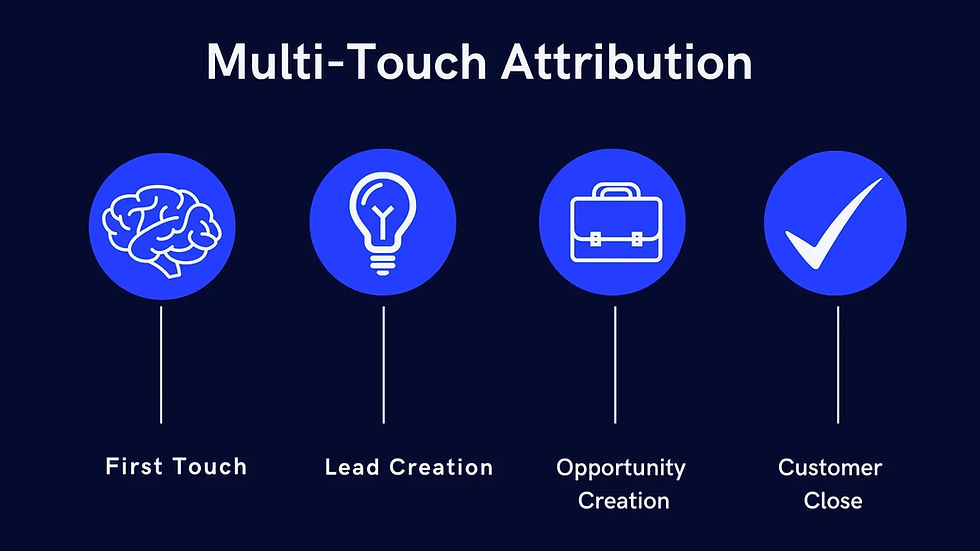Strategies for Successful Enrollment Management in Higher Education
- virtueanalytics9
- May 16, 2022
- 2 min read
Updated: Jul 6, 2022
A college education is no longer what it was a decade ago. Administrators in higher education are now actively working to improve gender and ethnic diversity in classrooms. They are also utilizing technological advancements to improve retention rates and the overall college experience for students. These seismic shifts in higher education have elevated enrollment management to entirely new heights.

Higher education enrollment managers must upgrade their student enrollment methods to keep up with the social and economic changes brought about by this new generation of college students. While each campus has unique requirements, implementing some of the fundamental strategies outlined below can assist college administrators in better managing the enrollment process.
Focus on Realistic Goal-Setting
Setting realistic enrollment targets is the first step in achieving good enrollment management. Enrollment managers may find it challenging to define realistic goals while ensuring that all members of the enrollment panel are on the same page because goal-setting is an abstract activity.
Understanding the availability of resources, time limits, and budgetary constraints, as well as working around these constraints, is critical to developing an effective action plan. To make the process even easier, categorize the goals by major, ethnicity, area, and so on. Maintain effective in-panel communication so that all members can express their concerns about the specified objectives.
Invest In a Personalized Recruitment Model
Enrollment managers may find it time-consuming to evaluate each college application separately based on several enrollment markers. Colleges are now investing in data analytics-based customized recruitment strategies to reduce the amount of time required to manage the recruitment process.
Managers can take a more personalized approach to enrollment with these systems, making it easier to find the greatest talent pool. Data from these models can also be used to build future enrollment plans for your higher education institution.
Develop a Strong Communication Flow
Student-to-college communication is frequently disregarded during the recruitment process. It can be challenging to establish a balanced and robust communication flow when universities receive student inquiries about enrolling via many channels such as email, internet, social media, and print.
If handled appropriately, however, making efforts to improve communication between the institute and prospective students might show to be a fruitful recruitment tactic. Parents play a crucial role in the college research process, so make an effort to contact them as well.
If you’re interested in leveraging the ever-expanding benefits of data analytics in the higher education enrollment system, consult Virtue Analytics



Comments